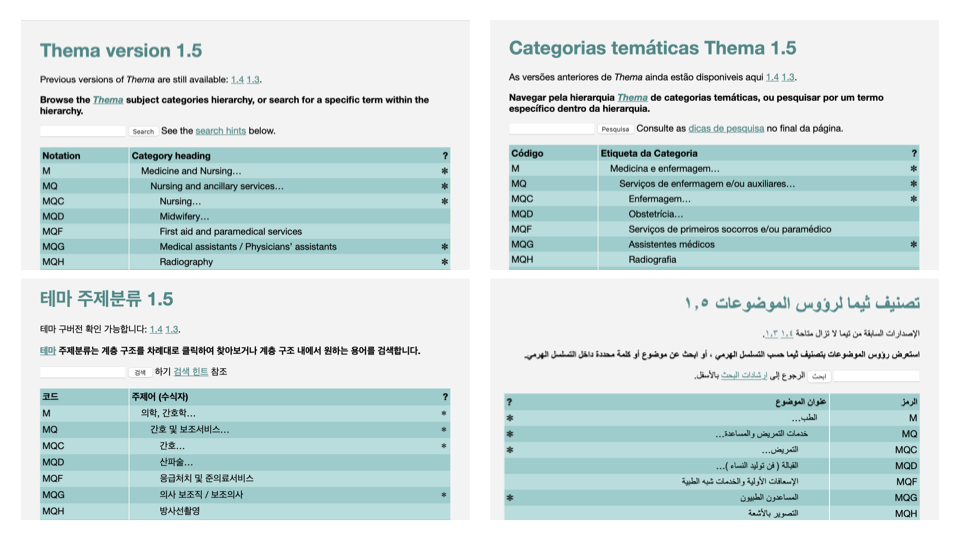Metadata is an important part of the publishing sector. In this series, Graham Bell, Executive Director of EDItEUR, will share occasional updates on EDItEUR’s work and the standards it manages.
Metadata is the key data about publishers’ products – from titles, ISBNs, cover images, publication dates and prices, to richer information like abstracts or summaries, author bios and details of distribution arrangements. It provides information about the book itself, but also the vital marketing collateral and commercial arrangements. Metadata is often carried in ONIX, a standard data file format that publishers, retailers, libraries and intermediaries use across many countries.
EDItEUR is a member-supported independent trade association and standards body that’s best known for developing, supporting and promoting that ONIX standard, ensuring our ‘metadata supply chain’ remains based on free-to-use open standards. The latest versions of its standards specifications can be found on the EDItEUR website https://www.editeur.org/.
Thema
This month marks the 10th anniversary of the first full release of Thema, EDItEUR’s subject category scheme for the book trade. Thema aims to be global in scope, inclusive and multi-lingual, applicable to all parts of the book supply chain, and flexible enough to allow each market to retain its unique cultural voice, while remaining a unified and simple-to-adopt standard.
Of course, Thema built on its predecessors, in particular the UK’s BIC subject category scheme, first launched in 1997 and hitherto widely used in the United Kingdom. Thema arose directly from an aborted project to ‘internationalise’ BIC, but it also incorporated ideas from other schemes and other stakeholders, and over the last decade has matured through five updates – each fully compatible with its predecessors, and each helping grow adoption of the scheme internationally.
Thema consists of a hierarchically-arranged set of around 3250 subject categories, from the broadest like ‘Fiction’, or ‘Maths and science’, to highly detailed subcategories like ‘Romance: the rich / famous / powerful’ or ‘Spectrum analysis, spectrochemistry, mass spectrometry’ (a subcategory of Analytical chemistry). And each category has a code – P for ‘Maths and science’ or PNFS for ‘Spectrum analysis, spectrochemistry, mass spectrometry’. It’s these codes that can be communicated to others in the supply chain as part of the book’s core metadata. Data recipients can interpret those codes in their own language – PNFS is also ‘Analyse de spectre, spectroscopie, spectrométrie de masse’, ‘Spektrianalyysi, spektrikemia, massaspektrometria’ and ‘분광분석, 분광화학, 질량분석’. The full hierarchy can be explored at https://ns.editeur.org/thema.
Subject categories can be refined with a flexible set of qualifiers – extra codes that add detail or nuance to better describe the subject of the book in a post-coordinated manner. Place qualifiers can add geographical detail to a book about the history of a place, or to a novel whose narrative is set in a place. Interest qualifiers can relate a book to particular aspects of its likely audience, by age, or via identification with various social or culturally-defined groups.
Subject classification of books and e-books is one of the keys to improved merchandising, discoverability, sales and market intelligence. Yet there is a huge variety of different, nationally-focused, subject schemes – BISAC in the USA, WGS in Germany, CLIL in France, and tens of others – each requiring support and development work, and mapping effort to ‘translate’ to other schemes. The variety of schemes precludes all but the most basic analysis of the increasingly international book trade. Thema aims to solve these problems, through creating a scheme with universal relevance. Over the ten years since its initial launch, adoption of the scheme has grown across many countries. It has largely supplanted the earlier BIC scheme in the UK (and the latter will be obsoleted in February 2024), but is also widely used across Scandinavia, France, Spain and many other European countries. There are translations of the scheme in around 25 languages, including Japanese and Korean. And at retail – it’s Amazon’s preferred scheme everywhere outside North America (where BISAC remains pre-eminent), and it’s used by many other retailers to guide shelving or fuel browse by subject.
All the documentation for Thema is available fromhttps://www.editeur.org/151/thema, and like other EDItEUR standards, the entire scheme is free to use.
There will be a presentation to highlight ten years of Thema at the Frankfurt Book Fair (Wednesday 18th, Hall 3, time and stand number to be confirmed).

